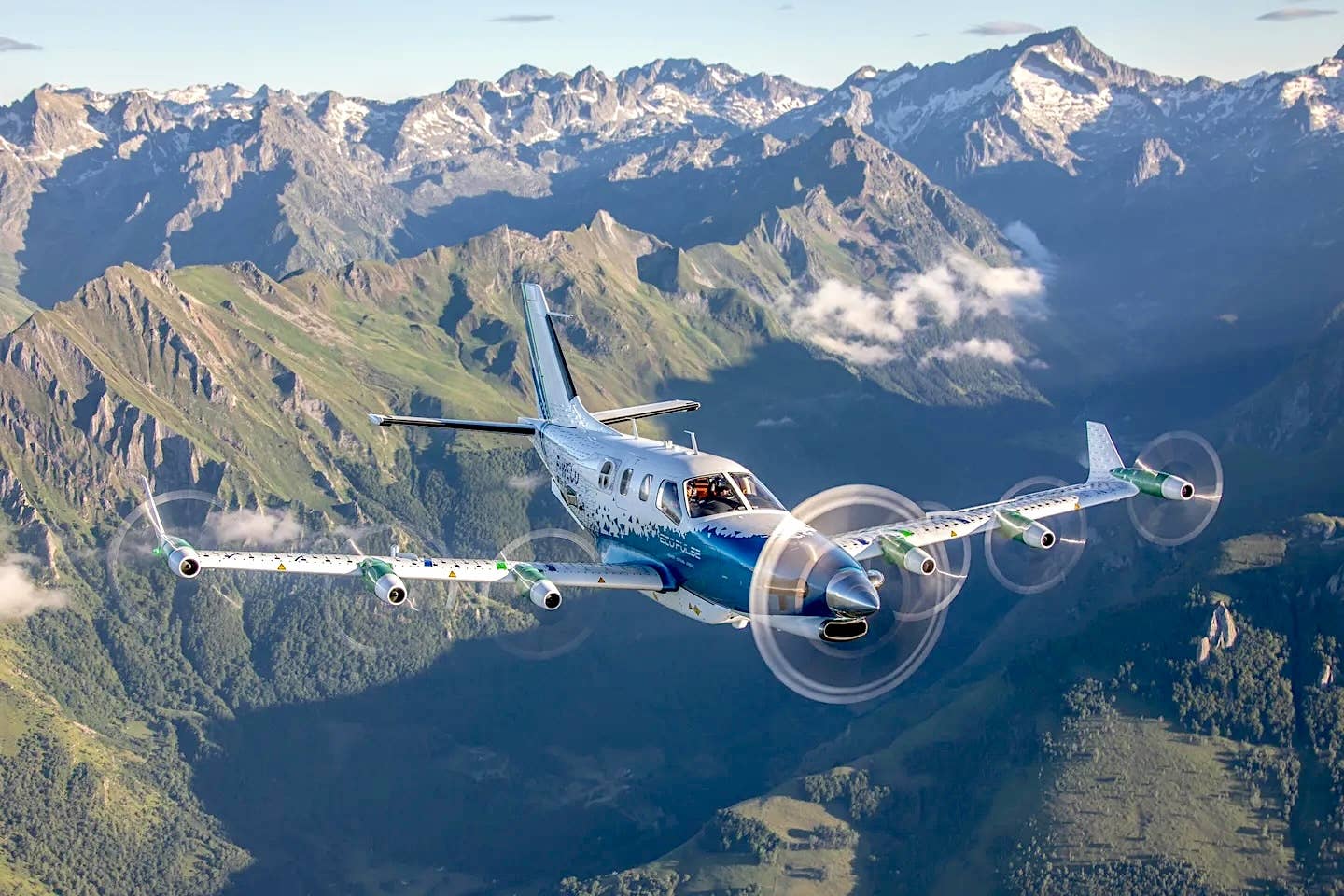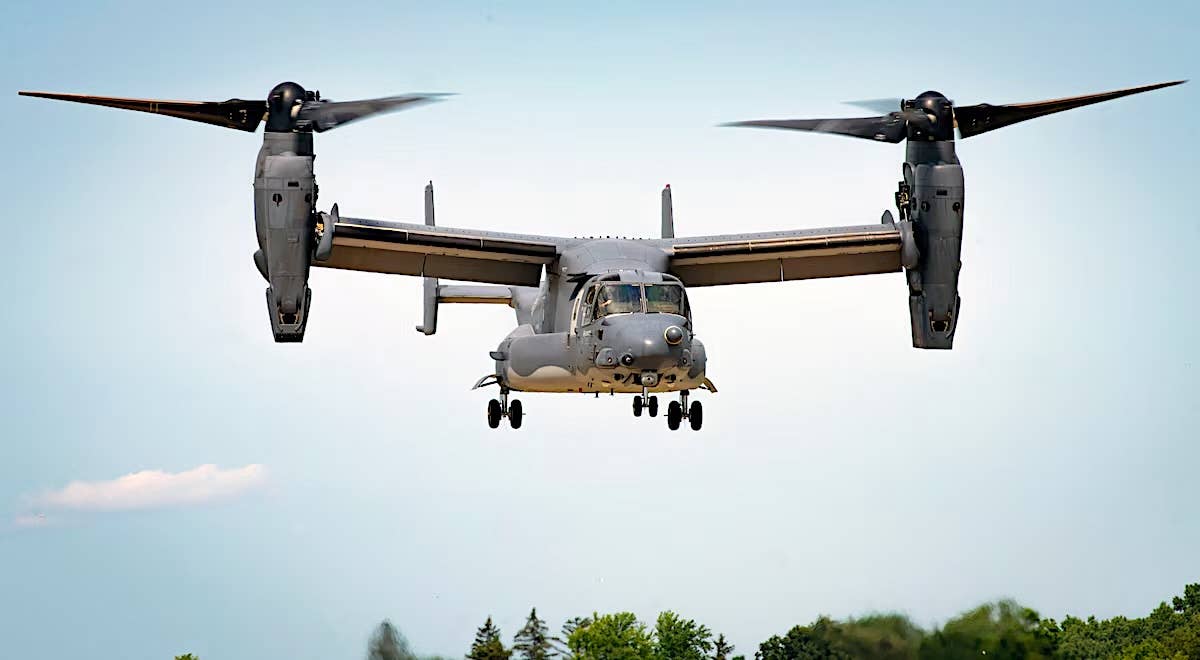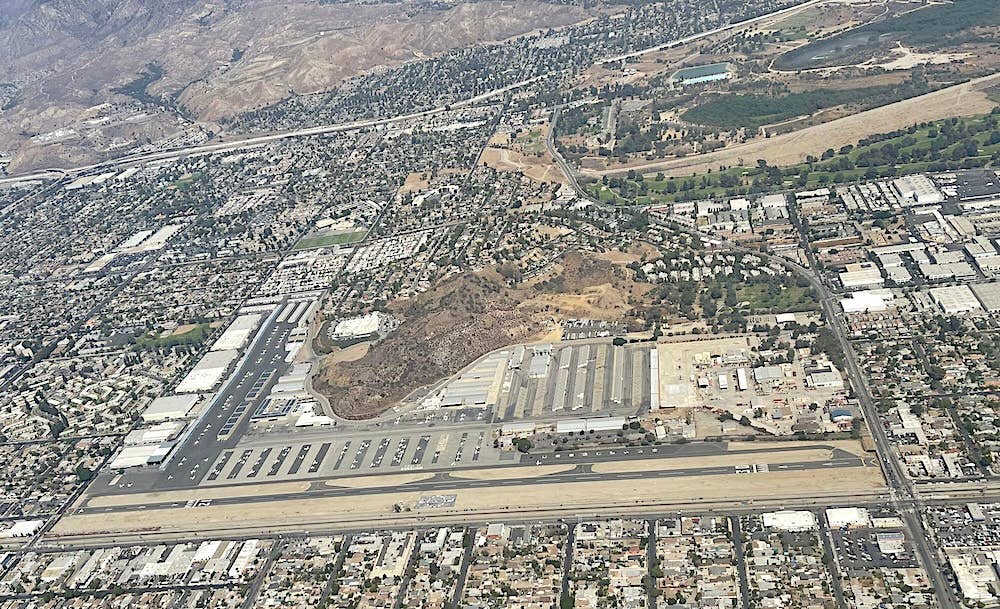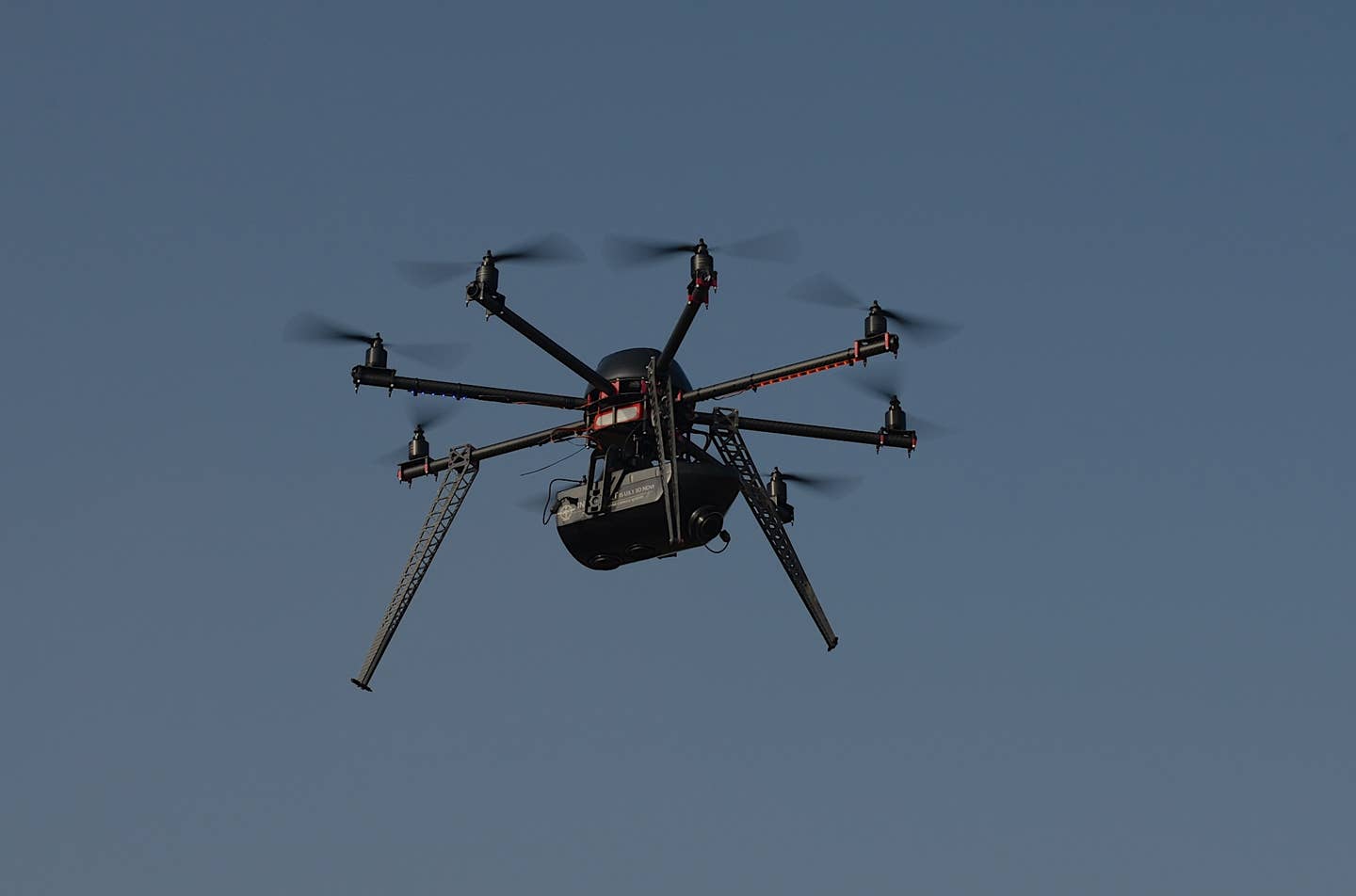Whitaker Describes Boeing Clampdown
FAA Administrator Mike Whitaker Tuesday quantified the agency’s plan to increase surveillance of Boeing and Spirit Aerosystems’ production lines. Whitaker told a House Aviation Subcommittee that about 25 inspectors will…
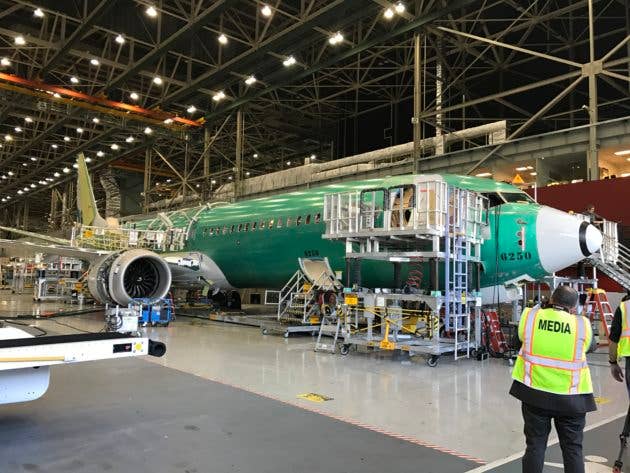
FAA Administrator Mike Whitaker Tuesday quantified the agency's plan to increase surveillance of Boeing and Spirit Aerosystems' production lines. Whitaker told a House Aviation Subcommittee that about 25 inspectors will be on the 737 MAX production line in Renton, Washington, and about six will be at Spirit's Wichita plant. Spirit makes MAX fuselages, which are shipped by train to Renton for final assembly of the aircraft.
Those inspectors will try to answer two basic questions the New York Times quoted Whitaker as telling committee members. “One, what’s wrong with this airplane?” he said. “But two, what’s going on with the production at Boeing? And there have been issues in the past, and they don’t seem to be getting resolved, so we feel like we need to have a heightened level of oversight to really get after that.” The FAA has also urged Boeing and Spirit workers to contact either of two anonymous tip lines to report quality control issues as the agency clamps down on the companies.
Meanwhile, Boeing has slowed production of the aircraft while it and Spirit go through about 50 fuselages that may have improperly drilled holes. Flying magazine reported the flaw was flagged by a Spirit worker. “While this issue could delay some near-term 737 deliveries, this is the only course of action given our commitment to deliver perfect airplanes every time. The days we are setting aside in the 737 program will allow time for our teams to complete the inspections and, if needed, perform the necessary rework,” Boeing VP of Commercial Airplanes Stan Deal said in a memo to workers.

